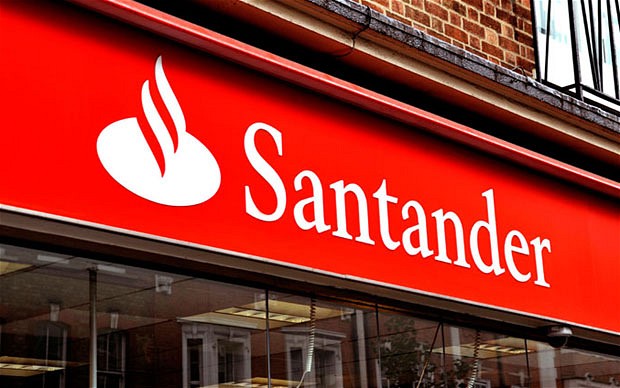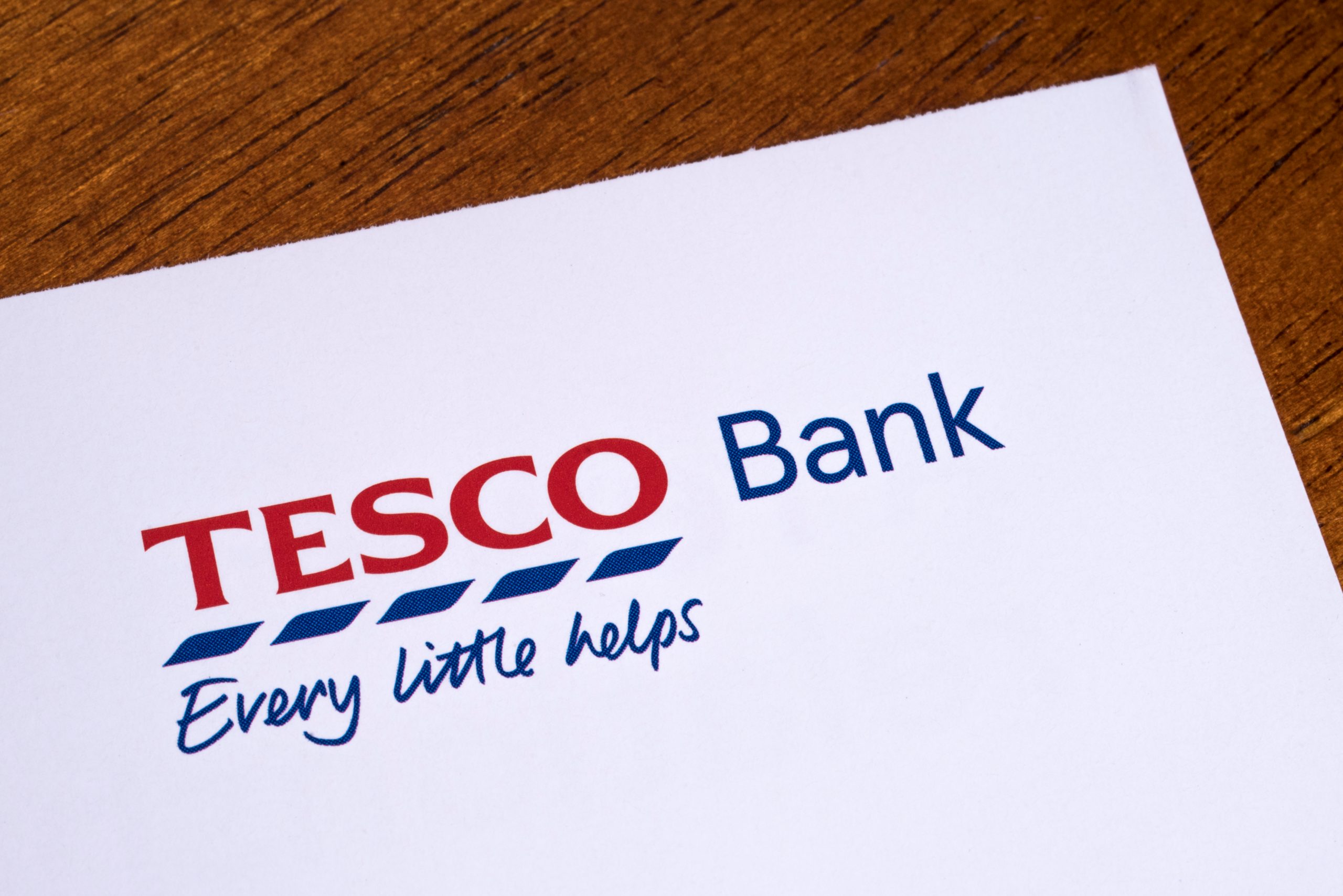The Consumer Prices Index (CPI) measure of inflation rose slightly from its 2% target to 2.2% in the year to July.
According to Moneyfactscompare.co.uk, there are just over 1,500 savings accounts that beat inflation, split between easy access, fixed rate and notice bonds, as well as ISAs.
This is in stark contrast to this time last year, when there were no deals that could beat 6.8% (July 2023’s CPI) or back in August 2022, when July’s CPI hit an eye-watering 10.1%.
However, with the recent Bank of England base rate cut to 5%, as well as a host of mortgage rate cuts, providers have also been trimming savings rates.
In fact, some of the top savings rates have dropped below 5%, with Moneyfacts encouraging savers to bag the best paying deals now.

Wellness and wellbeing holidays: Travel insurance is essential for your peace of mind
Out of the pandemic lockdowns, there’s a greater emphasis on wellbeing and wellness, with
Sponsored by Post Office
Currently, Ulster Bank pays 5.2% AER on its easy-access saver for current account holders, while the top one-year bond is from Union Bank of India, paying 5.25% AER.
For those able to lock away cash for longer, you can get 4.64% AER with UBL on its five-year bond or 4.85% on its three-year bond.
Meanwhile, the best easy-access ISA pays 5.07% via Trading212, while Virgin Money offers 5.05% on its one-year ISA. UBL leads the best buy table, with its three- and five-year ISA bonds paying 4.72% and 4.64% respectively.
‘It is imperative savers act quickly’
Caitlyn Eastell, spokesperson at Moneyfactscompare.co.uk, said it’s crucial savers keep on top of the changing market and make the switch to ensure you’re not getting a raw deal.
“Since the previous inflation announcement, fixed rates have faced further reductions, so it may be wise for savers to begin considering locking into an interest rate while the majority continue to pay competitive returns.
“Longer-term rates have suffered the most, seeing drops as large as 0.31% for a five-year term month-on-month. Although, typically, base rate cuts usually impact variable rates, we have been seeing an increasing number of providers lowering rates on accounts offering fixed returns.
“Shorter-term savers are continuing to be incentivised with higher top rates. However, they have been experiencing some drops; the previous market-leading non-ISA one-year bond lasted a couple of weeks, so it is imperative savers act quickly,” she said.
Eastell added: “Predictions suggest that inflation may begin to slowly tick up again in the coming months as high energy and food prices fall out of the index and as service inflation continues to be a core issue. During this time, it is crucial that savers do not grow complacent with their pots and switch accounts when attractive deals appear to ensure that inflation does not erode their cash.”




